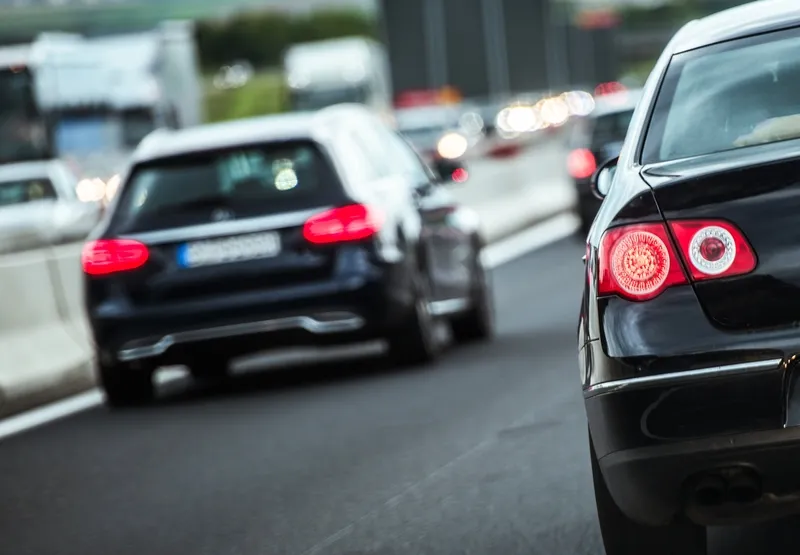
IHSE is to install its KVM (keyboard, video, mouse) solution in the traffic control centre of an unnamed European highway operator.
The manufacturer says its KVM solution can manage and access all computers and monitoring equipment at the location.
The control centre houses five operator workstations and a crisis room with two additional workstations. Operators monitor the traffic, remotely control all digital motorway signs and instruct emergency measures.
Staff can access all relevant computers from dedicated workstations, which come with four 24-inch screens and three 55-inch screens.
An IHSE multiviewer takes four separate external video feeds and combines them into a single image that is transmitted via a matrix switch to one of the screens.
According to IHSE, users can view monitoring and control systems from the workstations while also instantly switching between incoming sources such as computers, cameras and monitoring devices.
This allows operators to react to hazards by activating localised lighting systems or displays for speed limits and warnings, the company adds.
IHSE managing director Michael Spatny says: "The space-saving design of the KVM system, combined with the relocation of the computers to a separate technical room, supports an ergonomic workstation layout and protects the equipment from external access and harmful environmental influences."








